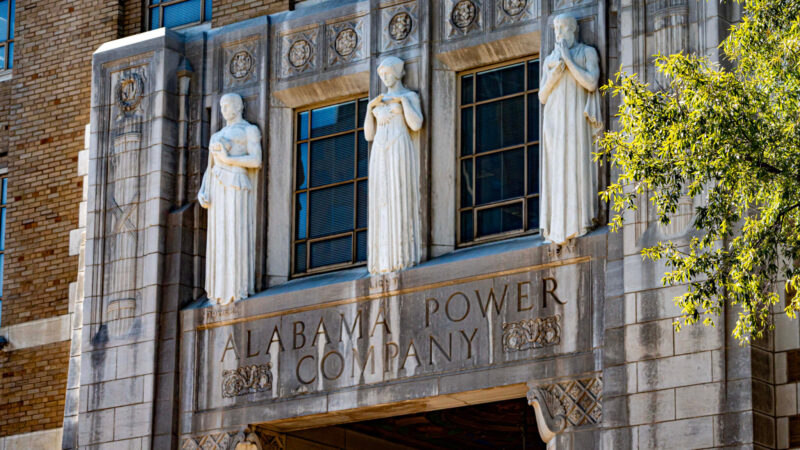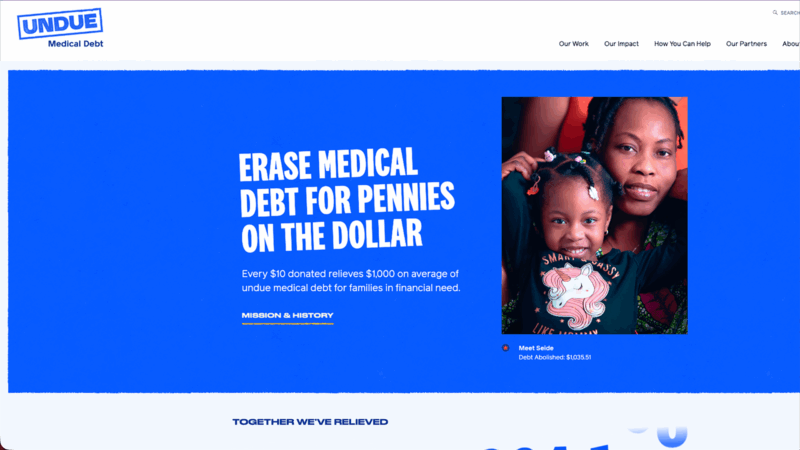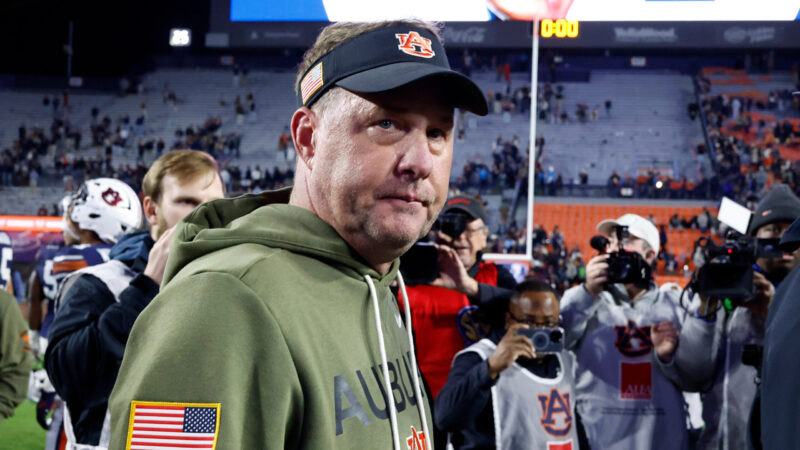Those Economic Impact Studies Don’t Always Add Up
Fans of Auburn University and the University of Memphis will pour into Legion Field Wednesday for the Birmingham Bowl. The City of Birmingham put up half-a-million dollars toward the event. As the city council debated appropriating some of that money earlier this month, Councilman Jay Roberson said the city will benefit.
“[There will be] thousands in attendance, occupancy in hotels, meals being bought in restaurants to help support the tax base and the revenue of this city,” said Roberson.
In fact, a release from the city council says the bowl game has had an economic impact of more than 108 million dollars over ten years.
We hear politicians touting economic impact numbers for football games, proposed stadiums or a new factory. Universities and non-profits claim their own economic impact.
One way to think about economic impact is that it’s anytime money changes hands. For example, a worker gets paid or a factory buys a part from a supplier.
Ahmad Ijaz is an economist at the University of Alabama’s Center for Business and Economic Research. The office has recently conducted economic impact studies for the Honda and Mercedes-Benz plants in Alabama.
Ijaz says an economic impact study tries to capture all the spending created by a business investment or event. They also try to account for money that “leaks out,” for instance, through taxes or because it’s spent outside the study area. Then, there’s the multiplier effect.
“For example, when I get paid, I go out and spend my money on mortgage, groceries,” said Ijaz. “Then the grocery store then in turn gets that money and spends it on their buying the products,”
Ijaz says they try to capture that secondary spending too. Economists use mathematical models to compute all those numbers and arrive at an overall economic impact.
These studies aren’t necessarily just about headlines. Some federal contracts require them. John Norris, a managing director and economist at Oakworth Capital Bank, says it probably is a good idea to do some kind of study to see if it makes sense to spend taxpayer money.
“[But] the economic impact studies that a lot of these consultants generate really do take any sort of economic activity all the way down to the best case scenario,” said Norris.
Norris says a Birmingham bowl fan who lives nearby probably would spend that hot dog and soda money in the area anyway. Plus, think about the larger context. A company may announce 200 new jobs, but it’s a drop in the bucket when you consider the Birmingham area has more than half-a-million workers.
And there’s something else worth noting about a rosy economic forecast.
“If these consultants were to come in and paint the worst case scenario, you can imagine that they probably wouldn’t be hired by very many municipalities,” said Norris. He says there’s perhaps some padding to the numbers.
Ahmad Ijaz with the University of Alabama’s Center for Business and Economic Research says that doesn’t happen in his shop. He says their estimates are conservative. And researchers are transparent by publishing a study’s data and methodology.
Still Ijaz says you will see firms that publish wildly unrealistic results – ones that show multiplier effects that are many, many times the original investment. He says, in that situation, you don’t need to be an economist to know something doesn’t add up.
Ivey appoints Will Parker to Alabama Supreme Court
Parker fills the court seat vacated by Bill Lewis who was tapped by President Donald Trump for a federal judgeship. The U.S. Senate last month confirmed Lewis as a U.S. district judge.
How Alabama Power kept bills up and opposition out to become one of the most powerful utilities in the country
In one of the poorest states in America, the local utility earns massive profits producing dirty energy with almost no pushback from state regulators.
No more Elmo? APT could cut ties with PBS
The board that oversees Alabama Public Television is considering disaffiliating from PBS, ending a 55-year relationship.
Nonprofit erases millions in medical debt across Gulf South, says it’s ‘Band-Aid’ for real issue
Undue Medical Debt has paid off more than $299 million in medical debts in Alabama. Now, the nonprofit warns that the issue could soon get worse.
Roy Wood Jr. on his father, his son and his new book
Actor, comedian and writer Roy Wood Jr. is out with a new book -- "The Man of Many Fathers: Life Lessons Disguised as a Memoir." He writes about his experience growing up in Birmingham, losing his dad as a teenager and all the lessons he learned from various father figures throughout his career.
Auburn fires coach Hugh Freeze following 12th loss in his last 15 SEC games
The 56-year-old Freeze failed to fix Auburn’s offensive issues in three years on the Plains, scoring 24 or fewer points in 17 of his 22 league games. He also ended up on the wrong end of too many close matchups, including twice this season thanks partly to questionable calls.








